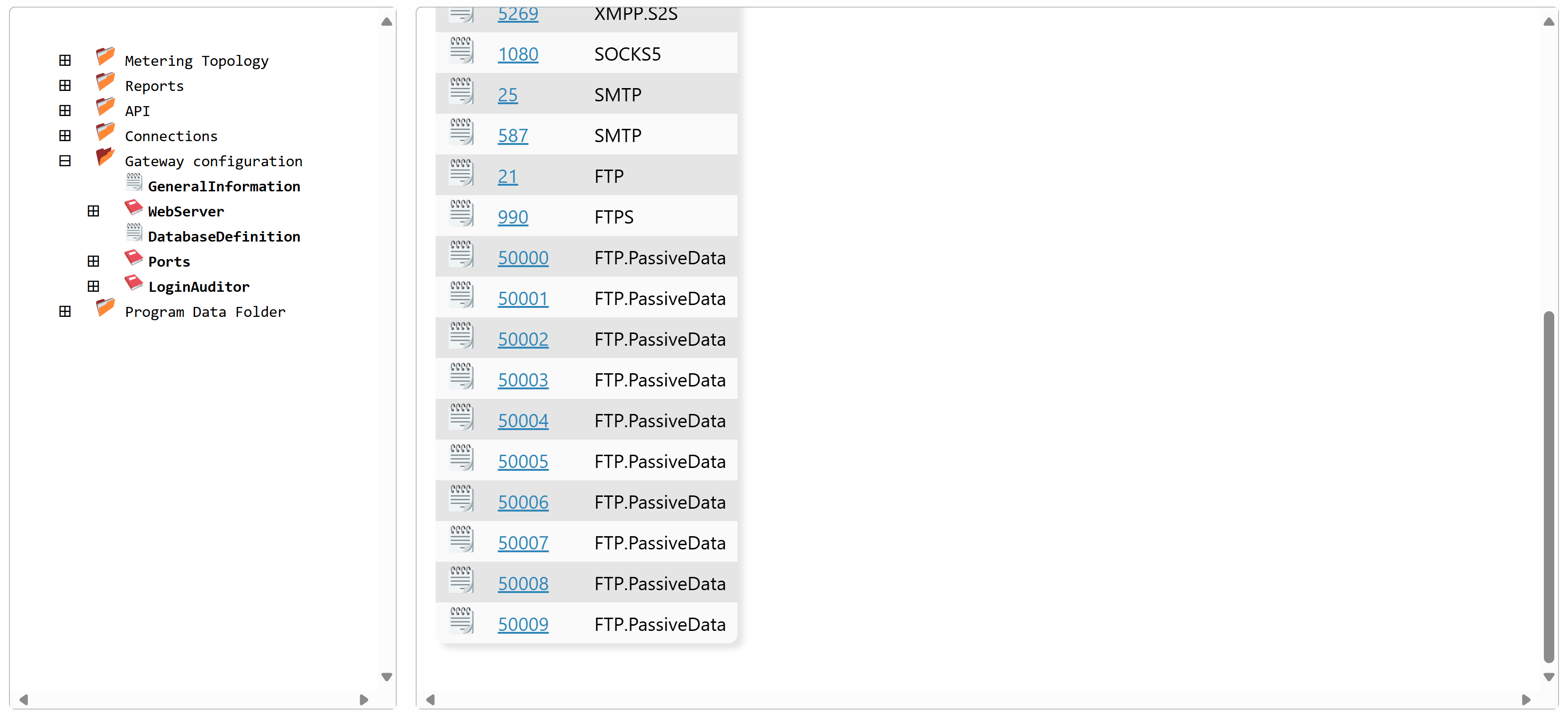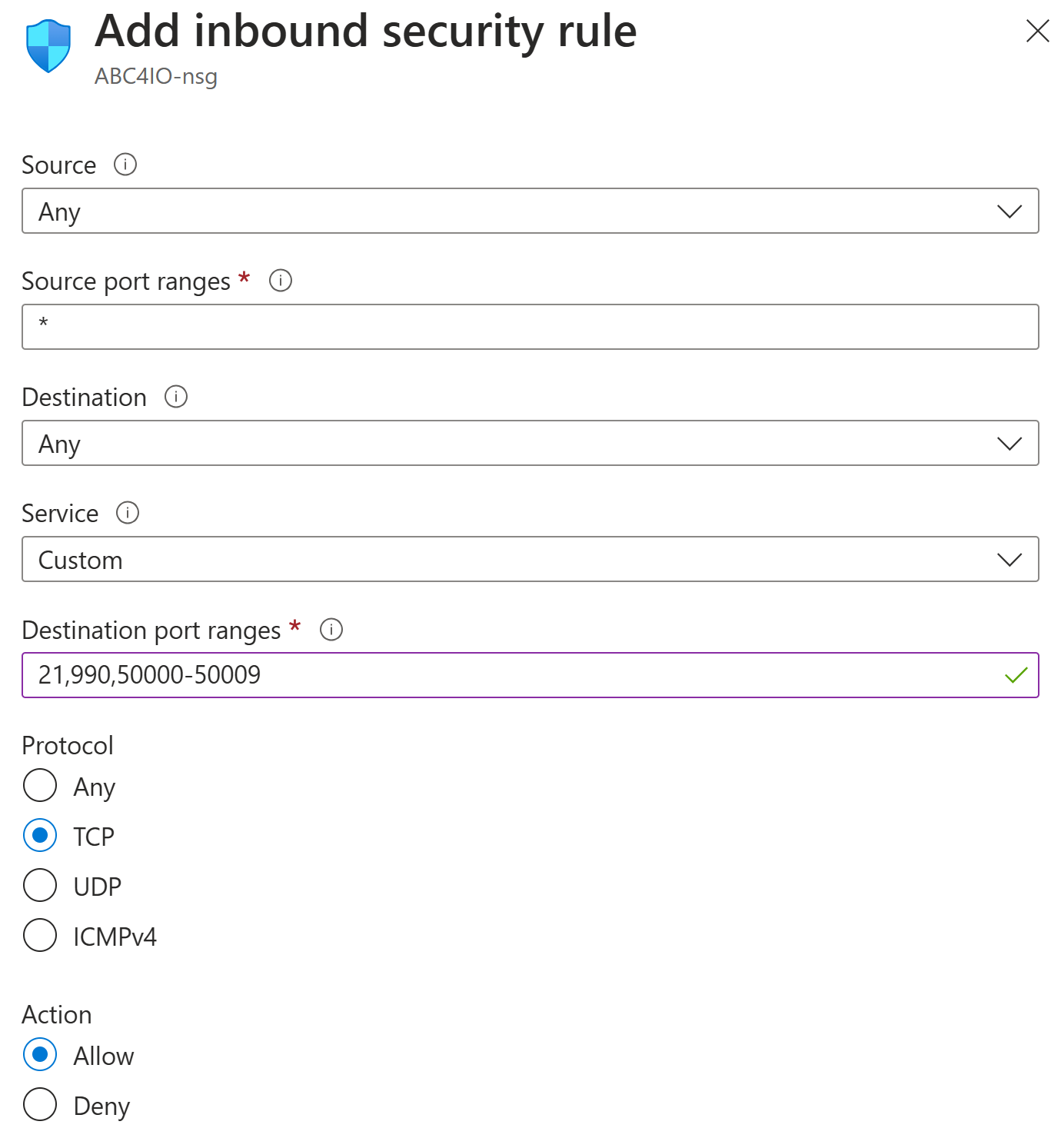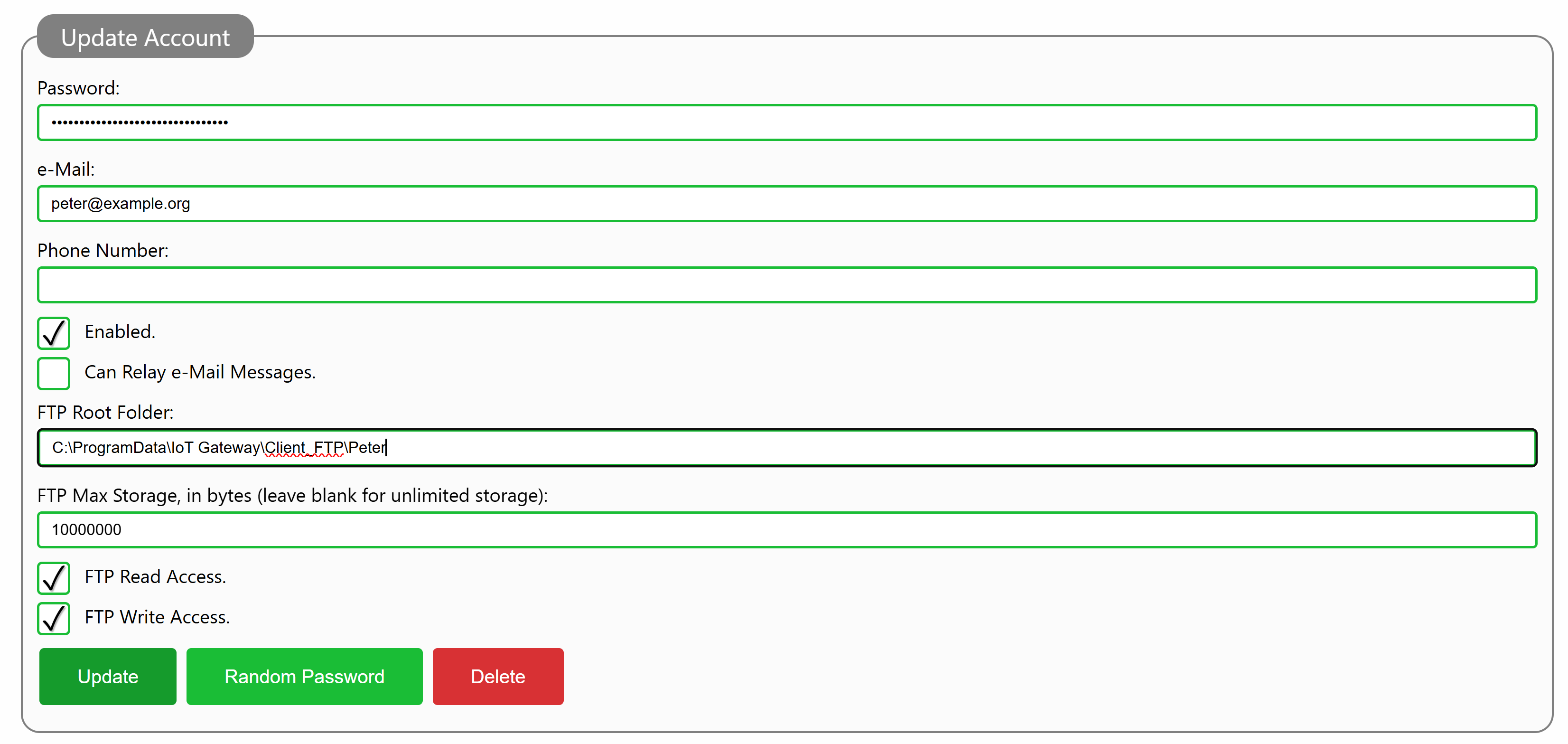FTP Server support
Support for FTP and FTPS in available in the Neuron® from build 2025-03-20. FTP is an old Internet technology, but with a lot of support in different software and libraries. By providing support for FTP it is now possible to:
Provide broker account holders with File Storage using FTP.
Provide developers and operators with a mechanism to copy, edit and manage files in a simpler way compared to using terminal prompts (chat admin), web pages or remote desktop connections.
Ensure files have consistent access rights in the operating system of the Neuron®. When using Remote Desktop or similar technologies to access the Neuron® for the purpose of copying files to the Neuron®, these might be copied using different access privileges than other types of content files. This might cause problems, such as inability to access the files from the Neuron®, or inability to update them via packages. Files copied to the Neuron® via the FTP interface will use the Neuron’s access rights (Local Service by default) when copying the files, ensuring that the Neuron® will be able to update the files in the future, as part of normal package distributions.
Protocol reference
The FTP protocol is mainly defined in a set of RFC published by the IETF. There are also some custom commands that commonly available, but not standardized. The main RFCs implemented are:
- RFC 959: FILE TRANSFER PROTOCOL (FTP)
- RFC 2228: FTP Security Extensions
- RFC 2389: Feature negotiation mechanism for the File Transfer Protocol
- REF 2428: FTP Extensions for IPv6 and NATs
- REF 3659: Extensions to FTP
- REF 4217: Securing FTP with TLS
- REF 7151: File Transfer Protocol HOST Command for Virtual Hosts
There are some limitations in the implementations (see more details, below):
- All FTP access requires authentication (i.e. login, or use of mTLS)
- All authentication and transfer require TLS encryption.
- Only broker accounts (i.e. XMPP accounts, not administrative user accounts) with FTP access rights explicitly set have access to FTP.
- Passive mode is limited to pre-defined ports.
Types of Channels
FTP was created in a time when establishing socket connections was cheaper than implementing streaming or embedding files over a single socket. For this reason, FTP, even for simple tasks requires two or more socket connections between a client (the uploader, downloader or manager of files) and a server (the file server). One connection is made for commands\ - the control channel. All file transfers or lengthy replies (such as a directory listing) are sent over a separate socket - one separate socket per transfer - the data channels. The server needs to manage available ports and provide them, as they are needed, to the different clients.
In the first versions of FTP, the server connected back to the client for each transfer, i.e. each data channel. But as the Internet evolved, and Firewalls were introduced, it became apparent that such an infrastructure is not particularly useful (in spite of NAT). A new type of data channel was introduced: The passive data channel (where the first was considered active, from the server’s point of view). A passive data channel is created by the client connecting to the FTP server using a second connection, establishing a new data connection, on which the transmission of the lengthy response or the file can occur.
TCP/IP Ports
FTP traditionally uses TCP/IP port 21. This port starts unencrypted, but the Neuron® requires the client to switch to TLS before it can authenticate itself. This process is called explicit encryption in some clients. Apart from explicit encryption, there is also an implicit encryption that can be used, often referred to as FTPS (not to be confused with SFTP, which is something else). The default port for FTPS is 990. FTPS works much like HTTPS, in that TLS is used directly upon connecting, and not negotiated through the protocol.
The recommended method to transfer data is through passive data channels. The original definition of passive channels allows for the opening of any port for listening on the server. This is not a good approach, from a security point-of-view, as a very large range of ports must be opened in the firewall for this to work. The Neuron® insteads allows for a limited set of passive data channel ports to be defined (by default 50000 - 50009). The Neuron® then alternately provides access to these ports to the FTP clients that are connected. The Neuron® also ensures the correct client accesses the correct ports. It also ensures to delay access to these passive ports, in case all are used.
The ports used, must be defined defined in the Gateway.config file on the Neuron®. You can change, add or remove ports as you see fit. Every change to the gateway.config file however, requires the Neuron® to be restarted. Example of the Ports section of a Gateway.config file:
<Ports>
<Port protocol="HTTP">80</Port>
<Port protocol="HTTPS">443</Port>
<Port protocol="XMPP.C2S">5222</Port>
<Port protocol="XMPP.S2S">5269</Port>
<Port protocol="SOCKS5">1080</Port>
<Port protocol="SMTP">25</Port>
<Port protocol="SMTP">587</Port>
<Port protocol="FTP">21</Port>
<Port protocol="FTPS">990</Port>
<Port protocol="FTP.PassiveData">50000</Port>
<Port protocol="FTP.PassiveData">50001</Port>
<Port protocol="FTP.PassiveData">50002</Port>
<Port protocol="FTP.PassiveData">50003</Port>
<Port protocol="FTP.PassiveData">50004</Port>
<Port protocol="FTP.PassiveData">50005</Port>
<Port protocol="FTP.PassiveData">50006</Port>
<Port protocol="FTP.PassiveData">50007</Port>
<Port protocol="FTP.PassiveData">50008</Port>
<Port protocol="FTP.PassiveData">50009</Port>
</Ports>
You can also edit the ports from the Admin menu, under Sources & Nodes:

Note that the ports you define here must also be opened in the Firewall, for incoming TCP/IP connections to be permitted. If you use Azure to host your Neuron®, a firewall entry might look as follows:

Encryption
TLS encryption is mandatory for accessing the Neuron® using FTP. The Neuron® supports both implicit and explicit encryption. The Neuron® also supports Mutual TLS. This means you need to enable Client Certificates for the corresponding port in Gateway.config, and use a valid certificate on the client side when connecting to the Neuron®. If there is an account with FTP access rights having an account name corresponding to the Common Name in the subject field of a valid certificate, there is no need to use a password to access the account. The client will be authenticated as soon as it has provided the user name to the Neuron® FTP server.
Security Note: The weakest link in FTP is the matching of Control Channel with corresponding Data Channels. In active mode (not suitable for Internet use due to firewalls), this problem is not as big, since a third party cannot attempt to hijack a data channel. In passive mode, the client connects to the server twice, first for the control channel where it sends the commands, and secondly for the data channel, where a file transfer will occur. Hypothetically, a third party can hijack this data channel and receive a file not aimed for it. The controls to limit this are basic: First, the data channel is only open for listening exactly after the command has been issued, and only for as long as to receive one connection. This typically generates a window counted in milliseconds. Secondly, the server matches the Remote IP Address of both connections, and closes any data channel connection attempt from another IP address. It is therefore very unlikely that the data channel can be hijacked, but it is possible. To protect against this, it is recommended FTP conections be made using Mutual TLS (mTLS). When mTLS is used, the server also ensures the client certificate used is valid in both connections, and use the same public key. With this added level of protection, FTP becomes very secure.
Account Access Privileges
To give a broker account access rights on a Neuron®, you need to edit the account from the administrative page. At the bottom of the account, you need to provide a Root Folder for the account. This root folder does not have to be unique for the account, but it must exist. You also define whether the account as no access rights (default), read access rights, write access rights or both read and write access rights. You can also provide an optional maximum storage, counted in number of bytes. If you don’t provide a value for the maximum storage, the client will have unlimited access (i.e. until storage runs out). Once the account has been updated, the client can use FTP for file storage, within the folder provided in the configuration (and any of its subfolders). Write-access rights gives the account the right to create new subfolders recursively within the folder provided.

Using an FTP Client
If you want to use the Neuron® for file storage or management from your desktop. you will need an FTP Client to access the Neuron®. FTP support in Windows is limited to unencrypted access, which is not permitted by the Neuron®. WinSCP is an FTP client that works well with the Neuron® and is commonly used on different platforms. When using WinSCP to connect, remember to use either explicit encryption on the FTP port (21 by default) or implicit encryption on the FTPS port (990 by default). SFTP is something else in WinSCP. You then connect, and once you are connected you can access the assigned folder, using the logical folder /.
Troubleshooting using sniffers
You can troubleshoot the FTP communication on the Neuron® in two ways: In the Program Data Folder, there exists an FTP subfolder, where communication logs will be stored in XML format, for 7 days. You can also create a web sniffer from the administrative page (under Communication/FTP Sniffer) that can be used to sniff on the communication for a maximum of an hour. The content of the files will not be displayed in these sniffers, only what connections are made, what commands are sent, and their responses.
#new, #neuron, #features, #api, #protocol, #ftp, #security, #mtls
Posts tagged #ftp
No more posts with the given tag could be found. You can go back to the main view by selecting Home in the menu above.